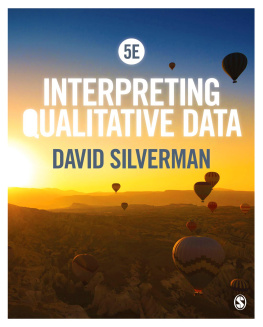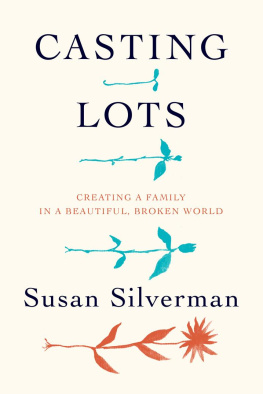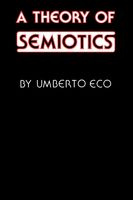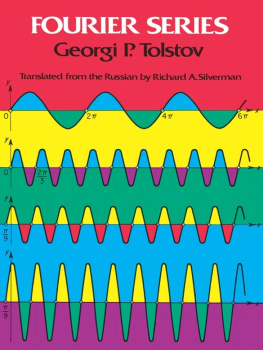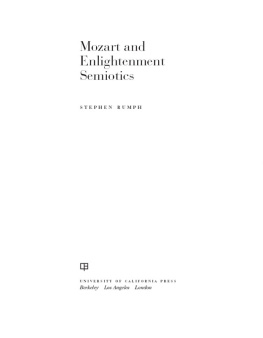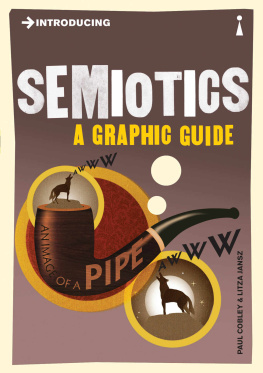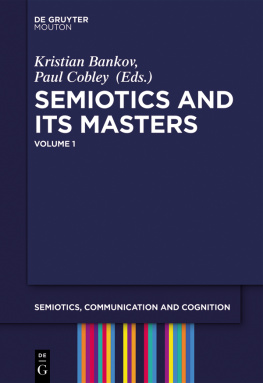Silverman - The Subject of Semiotics
Here you can read online Silverman - The Subject of Semiotics full text of the book (entire story) in english for free. Download pdf and epub, get meaning, cover and reviews about this ebook. City: New York, year: 1994;1983, publisher: Oxford University Press USA - OSO, genre: Science. Description of the work, (preface) as well as reviews are available. Best literature library LitArk.com created for fans of good reading and offers a wide selection of genres:
Romance novel
Science fiction
Adventure
Detective
Science
History
Home and family
Prose
Art
Politics
Computer
Non-fiction
Religion
Business
Children
Humor
Choose a favorite category and find really read worthwhile books. Enjoy immersion in the world of imagination, feel the emotions of the characters or learn something new for yourself, make an fascinating discovery.

The Subject of Semiotics: summary, description and annotation
We offer to read an annotation, description, summary or preface (depends on what the author of the book "The Subject of Semiotics" wrote himself). If you haven't found the necessary information about the book — write in the comments, we will try to find it.
The Subject of Semiotics — read online for free the complete book (whole text) full work
Below is the text of the book, divided by pages. System saving the place of the last page read, allows you to conveniently read the book "The Subject of Semiotics" online for free, without having to search again every time where you left off. Put a bookmark, and you can go to the page where you finished reading at any time.
Font size:
Interval:
Bookmark:
THE SUBJECT OF SEMIOTICS
OF SEMIOTICS
Kaja Silverman

Oxford University Press
Oxford London New York Toronto
Delhi Bombay Calcutta Madras Karachi
Kuala Lumpur Singapore Hong Kong Tokyo
Nairobi Dar es Salaam Cape Town
Melbourne Auckland
and associated companies in
Berlin Ibadan
Copyright 1983 by Oxford University Press, Inc.
First published in 1983 by Oxford University Press. Inc.
198 Madison Avenue, New York, New York 10016-4314
First issued as an Oxford University Press paperback in 1984
All rights reserved. No part of this publication may be reproduced, stored in a retrieval system, or transmitted, in any form or by any means, electronic, mechanical, photocopying, recording or otherwise, without the prior permission of Oxford University Press.
Library of Congress Cataloging in Publication Data
Silverman, Kaja.
The subject of semiotics.
Bibliography: p. Includes index.
1. Semiotics. 2. Discourse analysis.
3. Psychoanalysis. 4. CommunicationSex
differences. I. Title.
P99.S52 001.51 82-6306
ISBN 978-0-19-503178-2 (pbk.)
For
Michael
and
Philosophy in the Kitchen
The book that follows is intended as a methodological guide to a group of semiotic writings frequently taught in advanced undergraduate courses in North America and Britain, writings that are for the most part available in English. It should therefore be viewed as a supplementary and explanatory text rather than as one that precedes the reading of any primary semiotic materials.
The Subject of Semiotics differs from other synthetic books on post-structuralism in three important ways. First, it maintains the centrality of psychoanalysis to semiotics; it proposes, that is, that the human subject is to a large degree the subject of semiotics. The chapters of this book approach the connection between psychoanalysis and semiotics in a variety of ways, but each argues that signification occurs only through discourse, that discourse requires a subject, and that the subject itself is an effect of discourse. The final three chapters also situate signification, discourse, and subjectivity within the larger symbolic order that determines their relation to each other.
Second, The Subject of Semiotics assumes the connections between literary and cinematic texts and theory to be at all points reciprocal, and it attempts consistently to pose one in relation to the other. Thus theoretical discussions merge into literary and cinematic explorations, and analyses of specific novels, poems, and films return us to broader speculative paths.
The third respect in which The Subject of Semiotics must be distinguished from its predecessors is its emphasis upon sexual difference as an organizing principle not only of the symbolic order and its contents (signification, discourse, subjectivity), but of the semiotic account of those things. Not only does psychoanalytic semiotics establish that authoritative vision and speech have traditionally been male prerogatives, whereas women have more frequently figured as the object of that vision and speech, but it provides a vivid dramatization of this role division at the level of its own articulation. The theoreticians most fully associated with this branch of semioticsSigmund Freud and Jacques Lacanfunction as exemplary representatives of the paternal values they locate at the center of the existing symbolic order.
The relationship of the female subject to semiotic theory is thus necessarily an ambivalent one. That theory affords her a sophisticated understanding of her present cultural condition, but it also seems to confine her forever to the status of one who is seen, spoken, and analyzed. In order for semiotics to be of any real value to the female subject, she must somehow interrupt its always-alreadyshe must find ways of using it that permit her to look beyond the nightmare of her history.
In the sections of this book devoted to sexual difference (Chapters 4 and 5), I have attempted just such a rewriting of female subjectivity. I have tried, that is, to denaturalize the condition of woman, and to isolate its cultural determinants. This project puts a certain critical distance between my discourse and those of Freud and Lacan, particularly whenever the Oedipus complex is on the agenda.
Chapter 1 of The Subject of Semiotics charts the path leading from Ferdinand de Saussure and Charles Sanders Peirce to that much more recent body of semiotic theory within which the categories of discourse, subjectivity, and the symbolic order centrally figure. It thus provides a context for the chapters that follow. Chapter 2 explores those signifying processes described by Freud as the primary and the secondary, and which he associates with the two major areas of psychic reality: the unconscious and the preconscious. Chapter 3 accounts for the sets condensation and displacement, metaphor and metonymy, and paradigm and syntagm in terms of these processes, thereby demonstrating the impossibility of isolating even the most rudimentary of signifying formations from subjectivity. Chapter 4 outlines the two most important theories of the subject made available by semioticsthe Freudian and the Lacaniantheories that give a conspicuous place to discourse and the symbolic order. Chapter 5 uses the theory of suture to articulate the relationship between the subject and the discourse of the classic cinematic text, and to explore some of the ideological implications of that relationship. The final chapter of The Subject of Semiotics confronts the subjects relationship to another discourse (or to be more precise, group of discourses), the literary. It also outlines some of the strategies evolved by Roland Barthes for uncovering the symbolic field inhabited by the individual literary instance.
Whenever possible I have utilized English language sources, so as to facilitate ready access to those sources for as wide a range of readers as possible. The numerous literary and cinematic examples are also intended as aids to the general reader.
I would like to thank John Wright for encouraging me to write this book, and Bob Scholes and JoAnn Putnam-Scholes for intellectual and culinary support while I was doing so. I would also like to thank my students (and in particular the Rome contingent) for their constant stimulation, and for their willingness to share my obsessions. Khachig Tololyan read a late version of this book, and offered such fine and persuasive criticism that I returned enthusiastically to the typewriter, for which I am most grateful. Thanks are also due to Leona Capeless, whose editorial suggestions untangled many syntactic knots, and helped me to say what I meant. Finally, I would like to thank Michael Silverman, who read this book at every stage of its production with the energy most of us reserve for our own work.
Hampton and Vancouver
1981
Kaja Silverman
It is in and through language that man constitutes himself as a subject, because language alone establishes the concept of ego in reality, in its reality which is that of the being.
The subjectivity we are discussing here is the capacity of the speaker to posit himself as subject. It is defined not by the feeling which everyone experiences of being himself but as the psychic unity that transcends the totality of the actual experiences it assembles and that makes the permanence of the consciousness. Now we hold that that subjectivity, whether it is placed in phenomenology or in psychology, as one may wish, is only the emergence in the being of a fundamental property of language. Ego is he who
Next pageFont size:
Interval:
Bookmark:
Similar books «The Subject of Semiotics»
Look at similar books to The Subject of Semiotics. We have selected literature similar in name and meaning in the hope of providing readers with more options to find new, interesting, not yet read works.
Discussion, reviews of the book The Subject of Semiotics and just readers' own opinions. Leave your comments, write what you think about the work, its meaning or the main characters. Specify what exactly you liked and what you didn't like, and why you think so.

